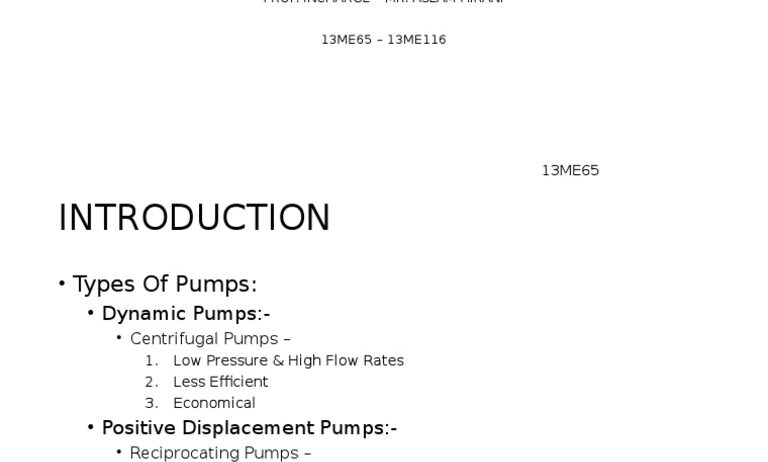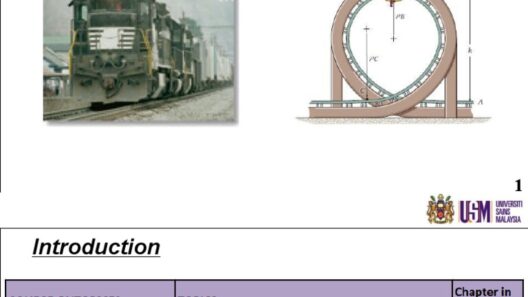Pneumatic systems are widely utilized across various industries, leveraging compressed air to perform a multitude of tasks efficiently. Despite their advantages in speed and precision, the operation of pneumatic systems can be notoriously energy-intensive. Consequently, implementing effective energy conservation strategies is paramount to not only reduce operational costs but also to mitigate environmental impact and foster sustainability. This article delves into the multifaceted approaches to conserve energy within pneumatic systems, providing a comprehensive overview for industry professionals and enthusiasts alike.
Understanding Pneumatic Systems
Pneumatic systems utilize compressed air as a source of power. The core components of such systems include compressors, valves, actuators, and various fittings and tubes. Compressed air acts as a dynamic medium that converts energy for kinetic motion. Its applications range from simple tools to complex automation systems. However, the inherent energy losses associated with these systems necessitate diligent conservation efforts.
1. Assessing System Design and Components
A critical first step in energy conservation is evaluating the pneumatic system’s design and the components within it. Suboptimal design can lead to inefficiencies such as excessive air leakage or inadequate pressure levels that compel the system to work harder than necessary.
- Optimize Component Selection: Choosing high-efficiency components, such as variable speed compressors and energy-efficient actuators, can accentuate energy savings. These components are designed to operate with reduced energy consumption while maintaining performance standards.
- Minimize Pressure Drops: Pressure drops within the system can lead to significant energy losses. Conducting flow analysis to identify and rectify restrictive fittings, inadequate tubing size, or improper layout can streamline airflow, ensuring negligible energy wastage.
2. Regular Maintenance and Inspections
Proactive maintenance is indispensable for sustaining high efficiency in pneumatic systems. Components that are neglected can degrade, leading to performance decay and amplified energy consumption.
- Sealing Leaks: Air leaks not only waste energy but also compromise system performance. Conducting routine inspections with ultrasonic leak detection can identify problematic areas, allowing for timely repairs and substantial energy savings.
- Maintenance of Filters and Regulators: Clogged filters can impede airflow, increasing the workload on compressors. Regularly replacing or cleaning filters ensures optimal air quality and consistent performance.
3. Implementing Control Strategies
Employing advanced control mechanisms can significantly contribute to energy conservation in pneumatic systems. By integrating modern technologies, systems can adapt dynamically to varying operational demands.
- Pressure Control: Utilize pressure regulators and sensors to maintain optimal pressure levels. By adjusting the pressure according to real-time requirements, energy can be conserved by minimizing excess usage.
- Cycle Time Optimization: Smart control systems can monitor the cycle times of pneumatic actuators. By synchronizing operation times with demand, unnecessary energy expenditure can be avoided.
4. Enhancing Compressor Performance
The compressor is often the most energy-hungry element of a pneumatic system. Enhancing its efficiency directly correlates with overall energy conservation.
- Use of Variable Speed Drives: Variable speed drive (VSD) technology allows compressors to adjust their speed based on demand, as opposed to running at constant full speed. This adaptability significantly reduces energy consumption during lower demand periods.
- Heat Recovery Systems: Compressors generate heat as a byproduct of their operation. Implementing heat recovery systems can repurpose this waste heat for space heating, water heating, or other processes, thus enhancing overall energy efficiency.
5. Air Storage Solutions
Incorporating air storage solutions can alleviate the strain on compressors and overall energy usage. Utilizing storage tanks can store compressed air produced during off-peak times and supply it during demand peaks, stabilizing energy use.
- Pressure Vessels: Adequately sized pressure vessels can buffer against fluctuations in air demand, allowing compressors to operate more consistently and efficiently.
- Choosing the Right Size: Oversized compressors lead to inefficiencies. It’s essential to size compressors according to actual requirements to prevent energy waste.
6. Employee Training and Awareness
Human factors play a crucial role in operational efficiency. Training personnel on best practices related to pneumatic operations can foster energy conservation.
- Operational Protocols: Develop and implement standard operating procedures that emphasize energy efficiency. Encourage practices such as shutting off pneumatic tools when not in use to avoid needless energy consumption.
- Awareness Campaigns: Regular workshops and informational sessions can boost staff awareness regarding the significance of energy conservation within pneumatic systems, fostering a culture of sustainability.
Conclusion
Conserving energy in pneumatic systems is a multifaceted endeavor that necessitates a comprehensive approach. By evaluating system design, performing regular maintenance, and implementing modern control strategies, significant energy savings can be achieved. Moreover, optimizing compressor performance and integrating air storage solutions contribute to operational efficiency. Lastly, fostering a culture of sustainability through employee training can further drive energy conservation efforts. As industries continue to evolve and prioritize environmental stewardship, the importance of energy conservation in pneumatic systems cannot be overstated.







